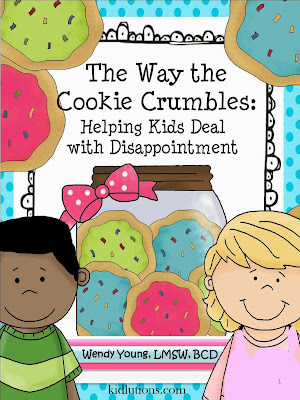Sticks and Stones: A Little Girl’s First Experience with Bullying
Signe Whitson, LSW, shares this post on young girls and bullying. Her new book, Friendship and Other Weapons: Group Activities to Help Young Girls Aged 5-11 to Cope With Bullying, was released today. If you are the parent of a young girl, you know how painful the following reality can be.
My daughter had her first heartbreak at the tender age of four. During the first week of her preschool class, she met a little girl named Nikki and, as so charmingly happens at that age,the two became best friends within an instant. The girls bonded over their love of Disney’s High School Musical and anything to do with singing and dancing. They quickly became a package deal inside and out of the classroom, arranging lunchdates afterschool and playdates when school was not in session.
For a few weeks, all I heard was, “Nikki says this” and “Nikki likes that” and “Nikki told me I should do such and such.” I must admit I was a bit swept up in Nikki-fever as well, enjoying how much pleasure my daughter was taking from the friendship. Until the day it all ended.
On a brisk October day, my daughter experienced the cold, harshness of relational aggression—better known as bullying. According to the Centers for Disease Control and Prevention, bullying occurs when a person or group repeatedly tries to harm someone who is weaker. Bully behavior takes many forms, from hitting, name calling, and teasing to social exclusion and rumor-spreading. These latter forms are termed relational aggression because of the way interpersonal relationships, most often among girls, are manipulated to settle grudges.
In my daughter’s case, relational aggression felt like a break-up…or more like getting dumped. The first incident I noticed, from my vantage point in the school hallway where parents wait to pick kids up from class, was Nikki shoving my daughter off of a chair. Heart in my throat and claws ready to scratch, I calmed as I watched their teacher walk over quickly. I could hear Nikki explain, “We were just playing,” which seemed to satisfy the teacher, especially at the end of the school day.
When I asked my daughter about what I saw, she seemed unhurt by the fall, but deeply pained by Nikki’s reported words from earlier in class that same day: “You’re not my best friend anymore.” Sting. The look in my daughter’s eyes hurt me more than I ever remember being hurt by any mean girl bully from my own youth. “What did your teacher say?” I asked. “She didn’t hear Nikki say it,” my daughter explained. For those keeping score, that’s Nikki 2, Teacher 0.
Relational aggression tends to occur under the radar of adult awareness. As a form of passive aggressive behavior, the kids who behave this way know how to mask their inner hostility with an outward smile. If questioned by an authority figure, they create plausible excuses for their behavior (e.g. “It was just a game,” or “I was just kidding. Can’t you take a joke?”) Relational aggression is carried out by kids who are cunning enough to behave in ways that are socially appropriate on the surface but searingly painful behind the scenes.
In older kids, social networking sites are a prime arena for relational aggression. 24/7access to MySpace, Twitter, texting, and instant messaging gives bullies constant access and widespread audiences for spreading rumors, causing humiliation and, when necessary,innocently denying that they ever meant any harm.
In younger children, excluding phrases like, “You’re not my best friend anymore,” and “Only girls with long hair can sit here” are spoken quietly, with an angry smile, right under a teacher’s watchful nose.
The night after “the Nikki incidents,” I heard my daughter crying in her room. When I went to ask her what was wrong, she asked me in return, “Mama, how can I change to make Nikki like me again?” This occurred years ago now, and I tell you I still get tears in my eyes recalling the night. For anyone who says the problems of kids are insignificant, I assure you that the pain caused by bullying at any age is soul-crushing.
The good news is that children are resilient and can move on. The valuable thing my daughter took from having her heart broken by a “friend” so early on is that now, she is really good about picking genuinely nice kids to hang around with and she’s the first one at a friend’s side when they are being picked on or feeling down. I heard her explain to a peer the other day,“Sticks and stones can break your bones, but words can really hurt too, so be careful about what you say.” I couldn’t have said it better myself.








Comments